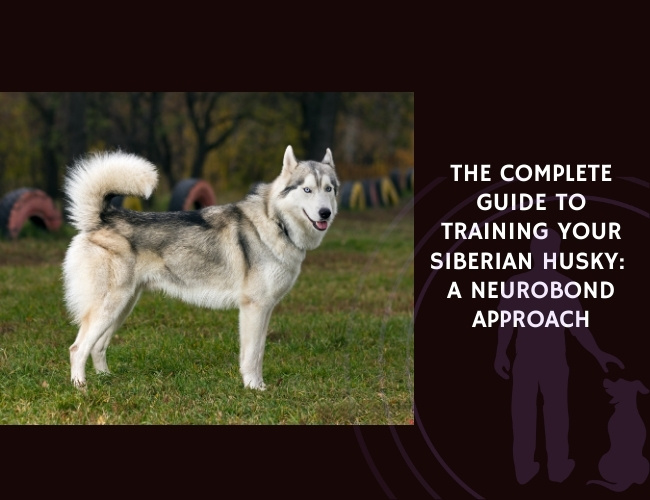This study, published in Veterinární Medicína, analyzed abdominal fat in 140 toy breed dogs—including 52 Maltese, 33 Poodles, 32 Shih-Tzus, and 23 Yorkshire Terriers—using non-contrast CT scans at the third and sixth lumbar vertebrae. Measurements included total fat area (TA), visceral fat area (VA), subcutaneous fat area (SA), and body area (BA).
Researchers evaluated ratios such as TA/BA and VA/SA to compare fat distribution across breeds, ages, and sexual statuses. Statistically significant differences in TA/BA and VA/SA ratios among breeds were found (P < 0.05), suggesting that breed-specific fat deposition patterns exist.
While TA/BA did not vary significantly with sexual status, VA/SA was notably higher in spayed females than in intact females (P = 0.001), indicating that neutering may alter visceral fat storage.
Positive correlations between age and fat ratios were observed: TA/BA increased with age in Maltese, Poodles, and intact females, while VA/SA increased with age in Maltese, Shih-Tzus, Yorkshire Terriers, neutered males, and spayed females.
These findings suggest that breed, age, and neuter status should be considered in assessing obesity-related disease risk in toy dogs. Particular attention may be warranted for breeds like the Maltese, Shih-Tzu, and Yorkshire Terrier, especially in senior and neutered dogs.
Source: Juhyang Park, Daecheon Noh, and Kyung-Jin Lee. “Abdominal fat content assessment by computed tomography in toy breed dogs.” Veterinární Medicína, Volume 66, Issue 11, Pages 481–489, 2021-10-10.









